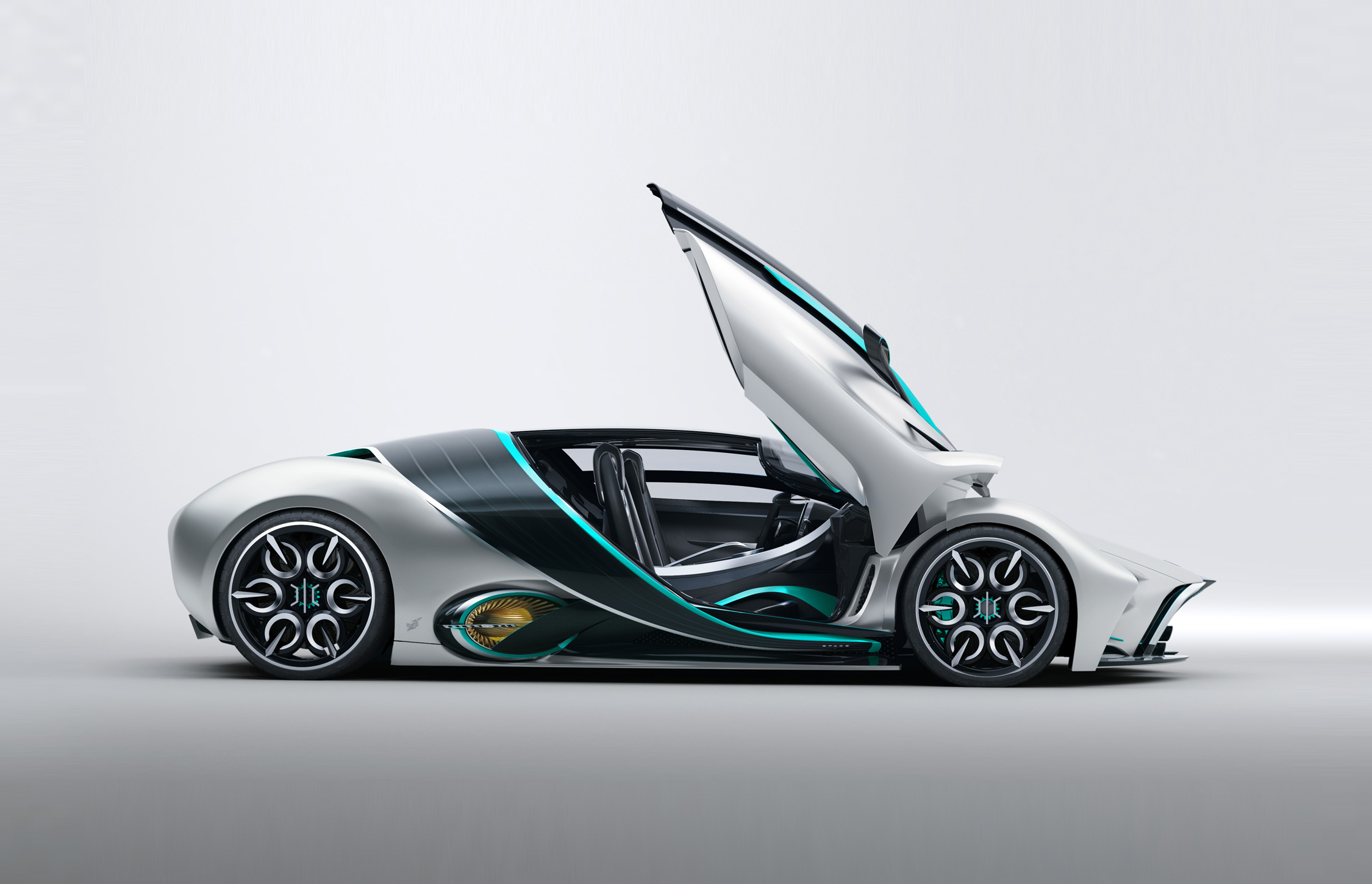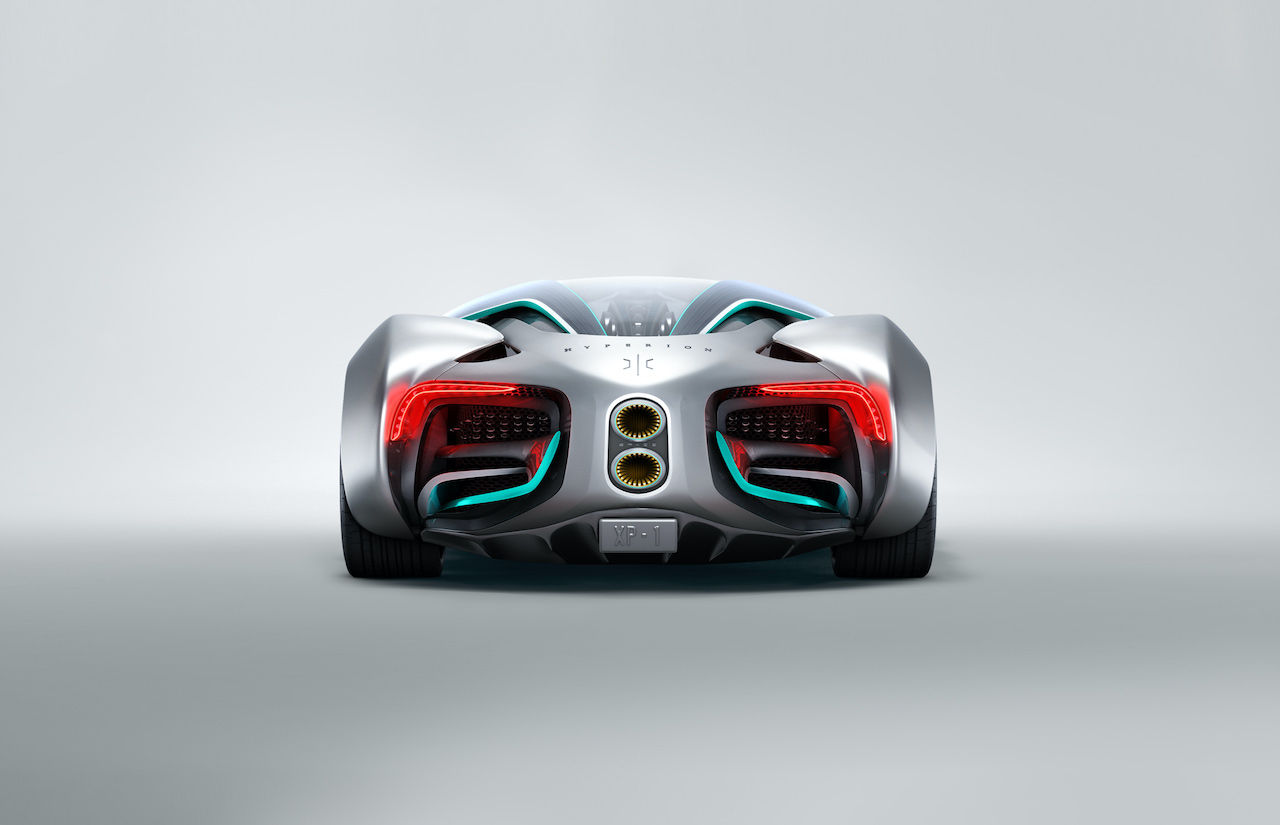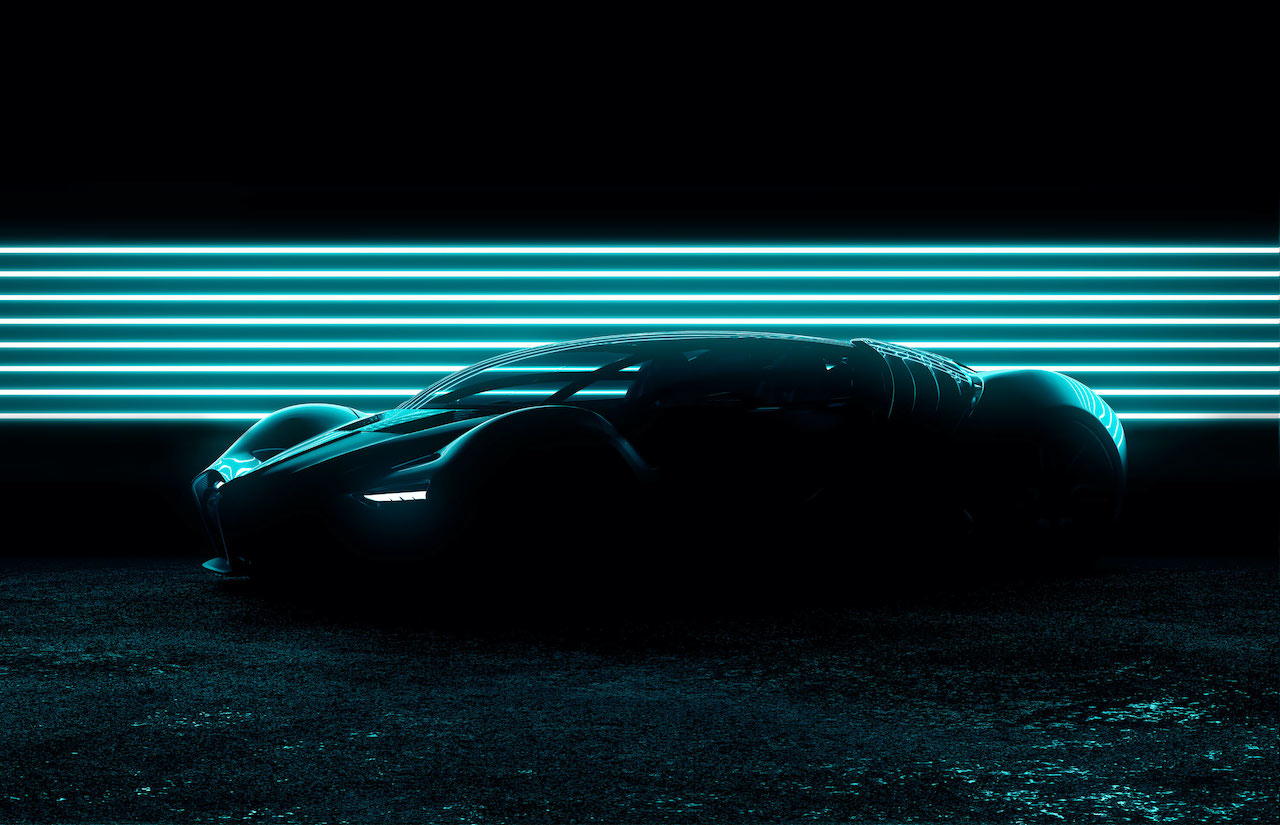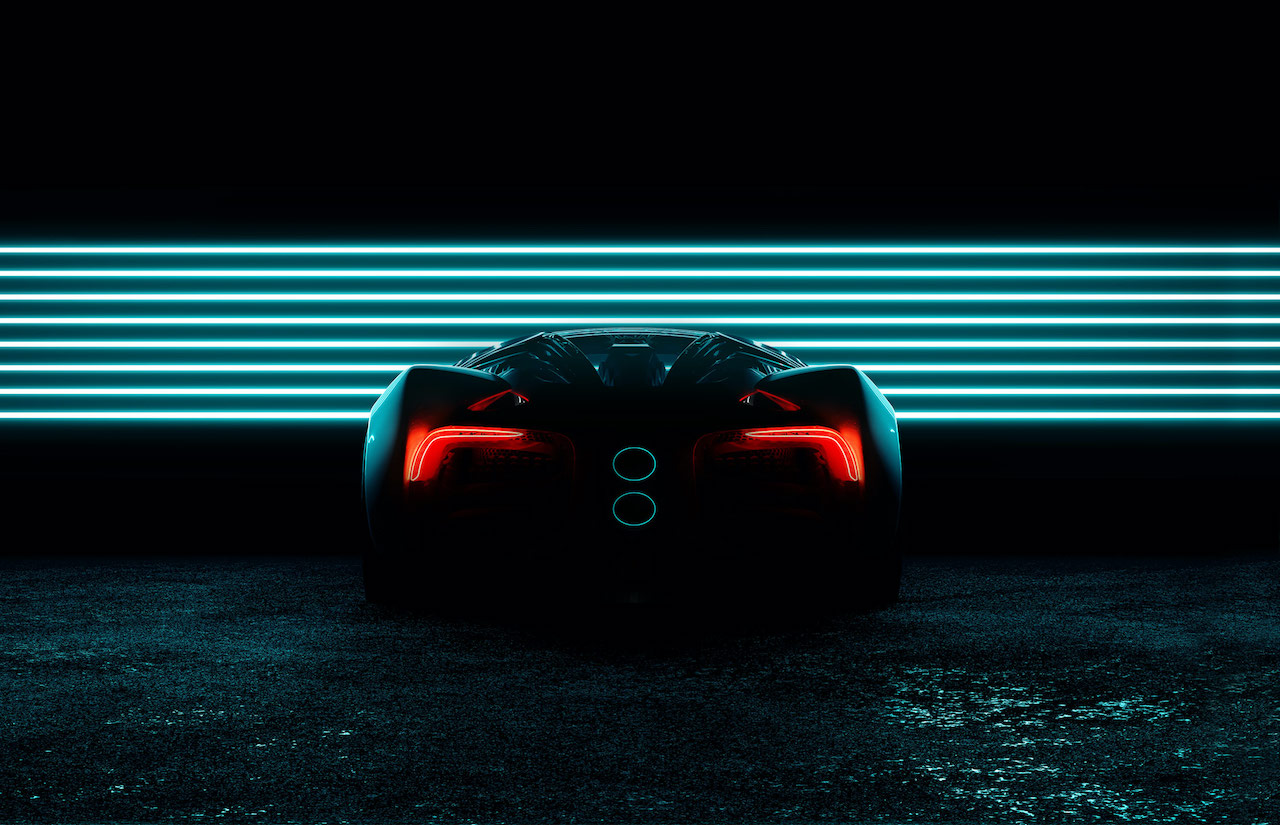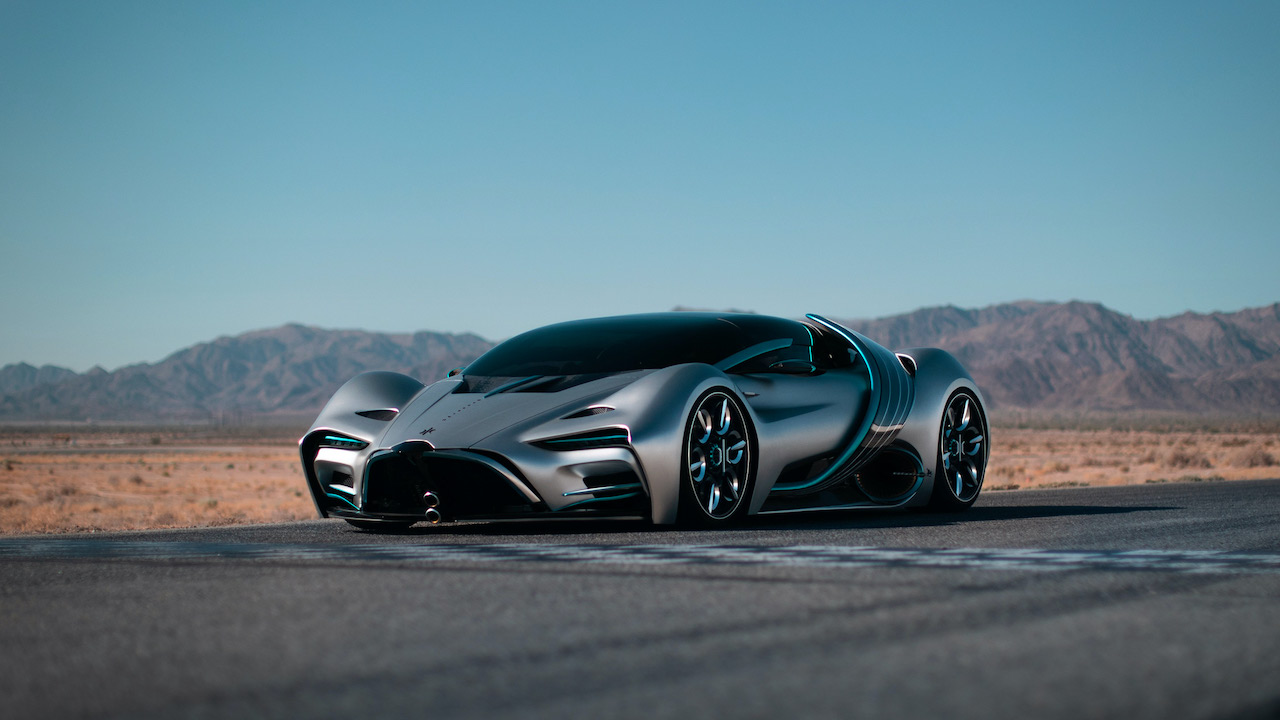A California-based technology company, Hyperion, founded in 2011 consisting a team of PhD’s focussed on Hydrogen-based power and delivery. The brand has now unveiled a hydrogen-powered Hypercar dubbed the Hyperion XP-1 which appears to have just landed from outer space.
On the outside, the Hyperion XP-1 features an extreme design language and boasts to have designed by aerospace engineers. The front end comes with sleek LED headlight units integrated into c-shaped aero ducts, v-shaped bonnet with a central spine, wing-style splitter, flared wheel arches.
The Hyperion XP-1 also features active aerodynamic side blades laced with solar panels that automatically articulate and align with the trajectory of the Sun, all while improving the Hypercar’s cornering dynamics at high speeds. The XP-1 also features a 134-inch wraparound glass canopy that can be electronically tinted.
The Hyperion XP-1 also highlights features such as V-wing doors a kevlar composite diffuser, titanium-reinforced composite bodywork and a “Vortex” forced air intake, 20-21 inch alloy wheels shod in Pirelli P Zero tyres and 457mm front / 432mm rear Carbon Ceramic disc brakes.
On the interiors, the Hyperion XP-1 features a 98-inch curved display with gesture control, carbon fibre seats wrapped in hand-stitched leather, carbon fibre and titanium accents and a unique U-cut steering wheel.
While the brand has not revealed any technical specifications the Hyperion XP-1 is speculated to be powered by a proton exchange membrane fuel cell, carbon fibre hydrogen storage systems and ultra-capacitor energy storage technology. It is also likely to feature multiple electric motors, paired to a three-speed transmission and an all-wheel drive train.
The Hyperion XP-1 is can do 0-96 kmph under 2.2 seconds and the Hypercar can do a top speed of 356 kmph and claims a range of 1609 kilometres and can be refuelled in under 5 minutes. The Hyperion XP-1 features a carbon titanium monocoque and tips the scale at 1032 kg.
The Hyperion XP-1 hypercar is a result of research, development and testing that took around 200 scientists and researchers nearly a decade to culminate. The XP-1 will go into production in 2022 and the Hypercar will be built in the United States of America. The Hyperion XP-1 will come in a limited-series-production and only 300 examples will be made.
